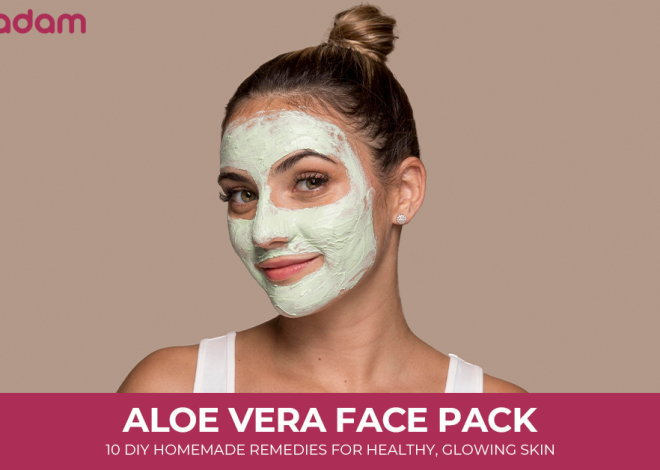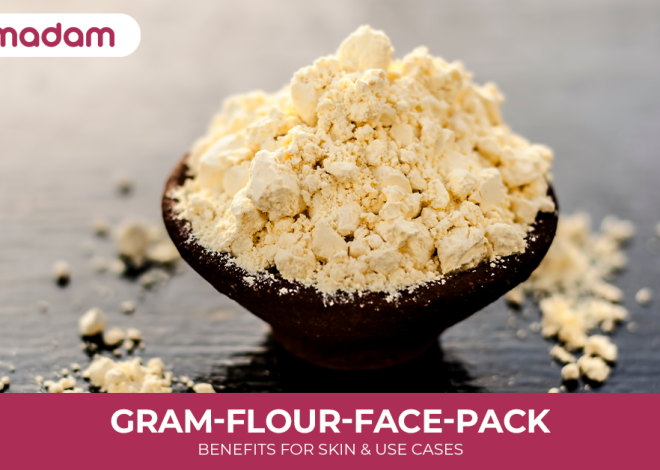
Are At-home Face Sculpting Tools As Effective As Professional Treatments?
Face sculpting tools have revolutionized skincare routines, offering the promise of professional-level results from the comfort of home. These innovative devices range from simple manual implements to sophisticated electronic tools designed to lift, tone and sculpt facial features.
At-home face sculpting tools can deliver noticeable improvements in skin appearance and muscle tone, though they typically require consistent use over time to achieve results comparable to professional treatments. The latest face lift device stimulating facial muscles combines traditional massage techniques with modern technology, including LED therapy and microcurrent stimulation.
Many people incorporate facial sculpting tools into their daily skincare practices as a cost-effective alternative to regular spa visits. While these devices can enhance facial contours and reduce puffiness, they work best when users maintain realistic expectations and proper technique.
Key Takeaways
- At-home facial tools require consistent, long-term use to achieve optimal results
- Professional treatments offer more immediate results but at a higher cost
- Regular use of facial sculpting devices can effectively maintain results between professional treatments
Analysis of At-Home Face Sculpting Tools
Face sculpting tools offer varying approaches to skin improvement through mechanical, electrical, and light-based technologies. These devices aim to enhance facial contours and skin health through different mechanisms, with effectiveness dependent on proper technique and regular use.
Overview of Popular Devices
Microcurrent devices deliver gentle electrical stimulation to facial muscles, mimicking professional treatments. These tools typically require conductive gel for optimal performance.
LED light therapy tools emit specific wavelengths to target different skin concerns. Red light stimulates collagen production, while blue light tackles acne-causing bacteria.
Jade rollers and gua sha stones represent traditional manual tools. These cooling stones aid in facial massage and lymphatic drainage.
Multi-functional devices combine different technologies like LED therapy, microcurrent, and vibration in single units. These tools often come with adjustable settings for customized treatments.
Mechanisms of Action
Manual tools like gua sha and rollers work through gentle pressure and stroking movements. These actions stimulate blood flow and help reduce facial puffiness.
Microcurrent technology sends tiny electrical pulses through facial muscles. This stimulation helps tone muscles and improve facial contours.
LED light penetrates skin at varying depths. Different wavelengths target specific concerns:
- Red light (630-700nm): Promotes collagen production
- Blue light (450-495nm): Reduces acne-causing bacteria
- Near-infrared (700-1200nm): Enhances cellular repair
Efficacy on Skin Health and Aging
Research indicates modest improvements in skin texture and muscle tone with consistent use of at-home devices. Results vary based on individual skin type and device quality.
Manual tools show temporary benefits for facial puffiness and circulation. These effects typically last 24-48 hours.
Microcurrent devices demonstrate measurable improvements in facial contours after 4-12 weeks of regular use. Results require maintenance treatments.
LED therapy shows promising results for collagen stimulation and acne reduction. Benefits emerge after 6-8 weeks of consistent application.
Usage and Maintenance
Most devices require 5-15 minutes of use per session, 3-5 times weekly. Results depend on proper technique and regular application.
Clean tools after each use with appropriate cleaning solutions. Store devices in dry, clean environments to prevent bacterial growth.
Replace parts as recommended by manufacturers:
- Conductive gel: Every 3-4 months
- Device heads: Every 6-12 months
- Batteries: As needed for optimal performance
Follow manufacturer guidelines for specific skin types and conditions. Some tools may not suit sensitive or acne-prone skin.
Comparing Professional Treatments With At-Home Techniques
The effectiveness of face sculpting treatments varies significantly between clinical settings and home-based solutions, with key differences in technology, expertise, and results.
Clinical Procedures
Professional clinics utilize medical-grade equipment and advanced technologies for face sculpting. Trained practitioners perform specialized treatments like laser resurfacing, dermal fillers, and chemical peels in controlled environments.
Licensed aestheticians follow strict protocols and safety measures while administering treatments. The results from clinical procedures tend to be more dramatic and immediate.
Professional treatments often combine multiple modalities like LED therapy, microcurrent technology, and microdermabrasion for enhanced outcomes. These procedures require specific training and certifications to perform safely.
Professional Devices versus At-Home Alternatives
Medical-grade devices have stronger settings and more precise treatment capabilities than consumer versions. Professional microcurrent machines deliver higher-intensity stimulation compared to devices like NuFace or TherapFace Pro.
At-home tools use lower power settings to ensure safety for untrained users. While convenient, these devices cannot match the strength of clinical equipment.
FDA-approved home devices provide mild-to-moderate improvements with consistent use. They work best as maintenance between professional treatments rather than replacements.
Benefits of Consistent Professional Care
Regular professional treatments create cumulative improvements in skin tightening and facial contouring. Practitioners can adjust treatment parameters based on individual progress and skin responses.
Professional care includes proper skin assessment and customized treatment plans. Clinicians can identify and address specific concerns more effectively than standardized home routines.
Treatments like microneedling and intensive LED therapy produce longer-lasting results under professional supervision. The controlled environment reduces risks while maximizing benefits from advanced beauty technology.
Conclusion
At-home face sculpting tools offer accessible alternatives to professional treatments, with varying degrees of effectiveness based on consistent use and proper technique. While these devices can enhance facial muscle tone and improve circulation when used regularly, they produce more subtle results compared to professional interventions.
The convenience and cost-effectiveness of at-home tools make them valuable additions to daily skincare routines. For optimal outcomes, combining at-home devices with occasional professional treatments creates a balanced approach to facial sculpting and maintenance.
Professional expertise remains irreplaceable for dramatic transformations and targeted treatments. Users must maintain realistic expectations about what these tools can achieve independently.
Poppy Robinson
More from Poppy Robinson
What Causes Atopic Dermatitis And How To Treat It
Read More
You may also like

The Minimalist Guide to Perfect Skincare During Winter

10 Ways To Shake Up Your Morning Skincare Routine

Tote Bags: The Must-Have Fashion Accessory For Every Season



